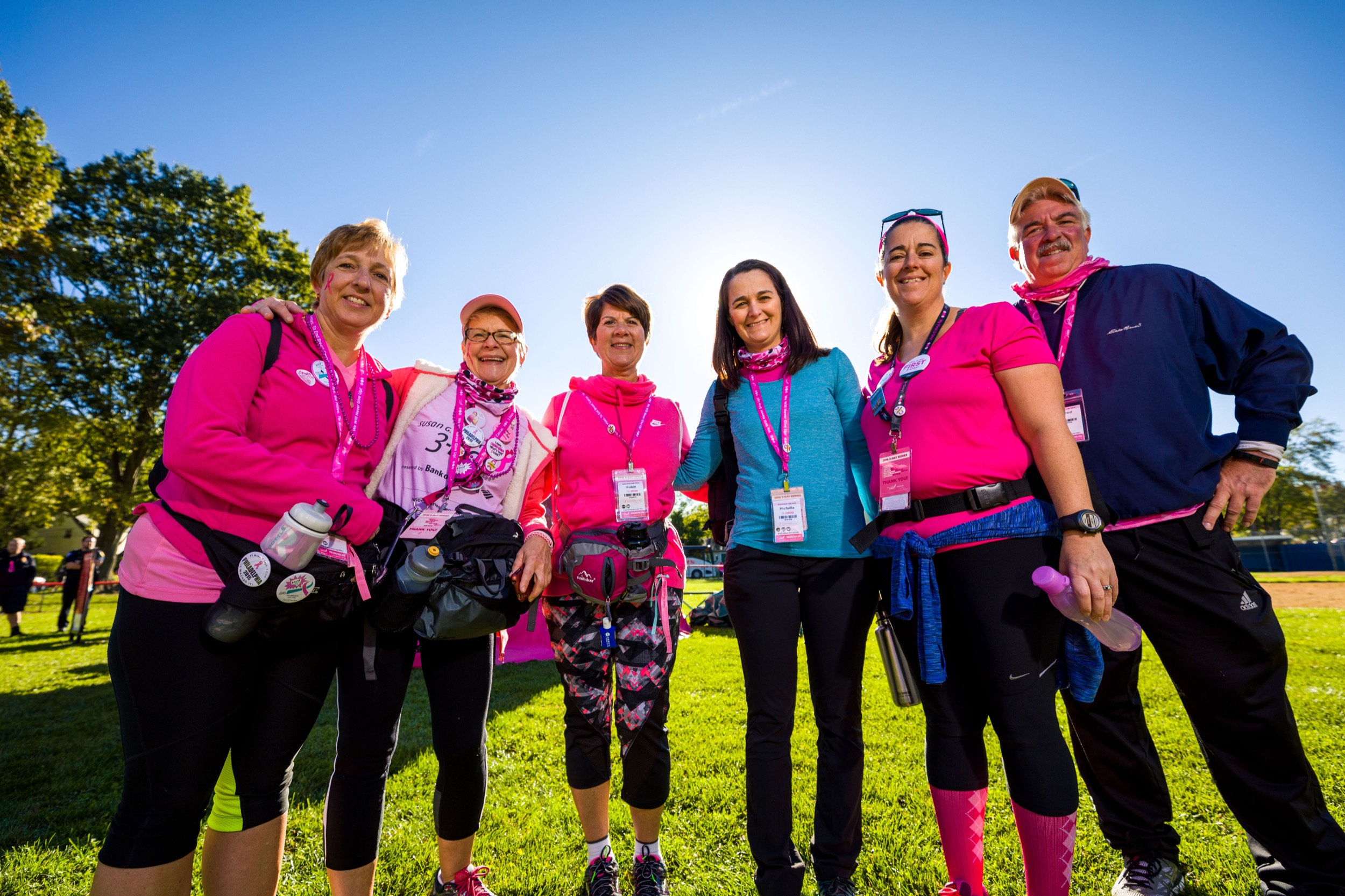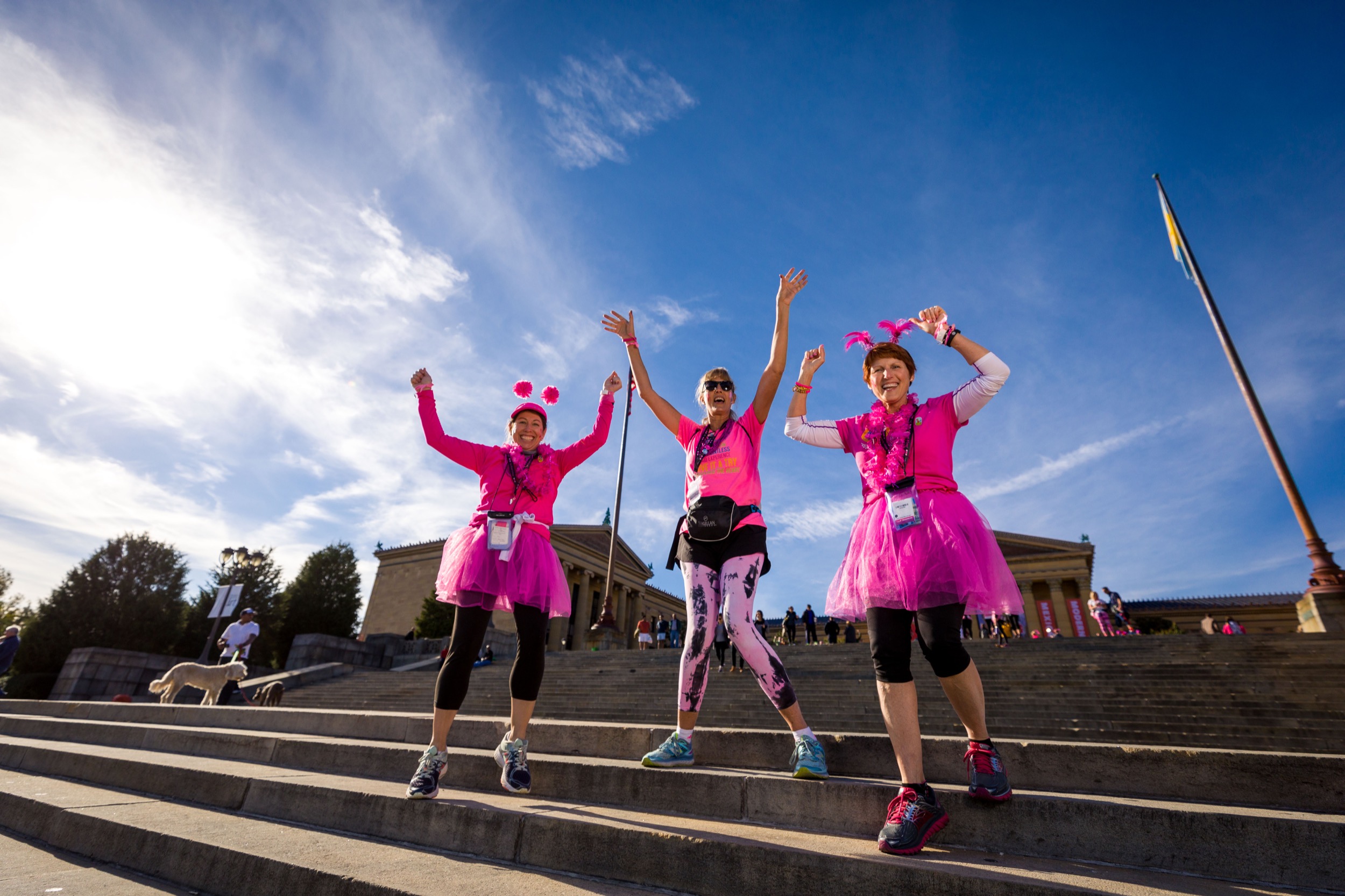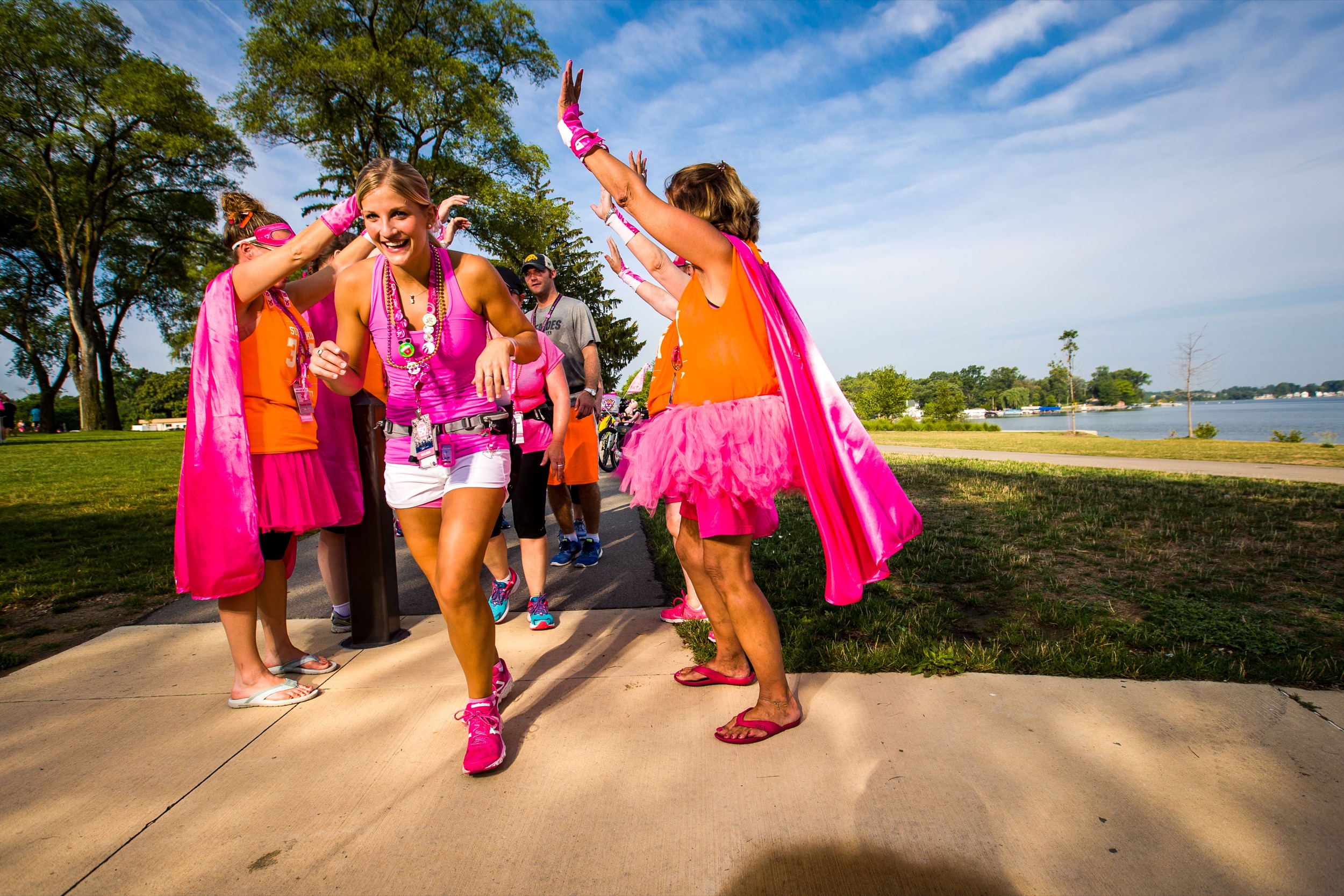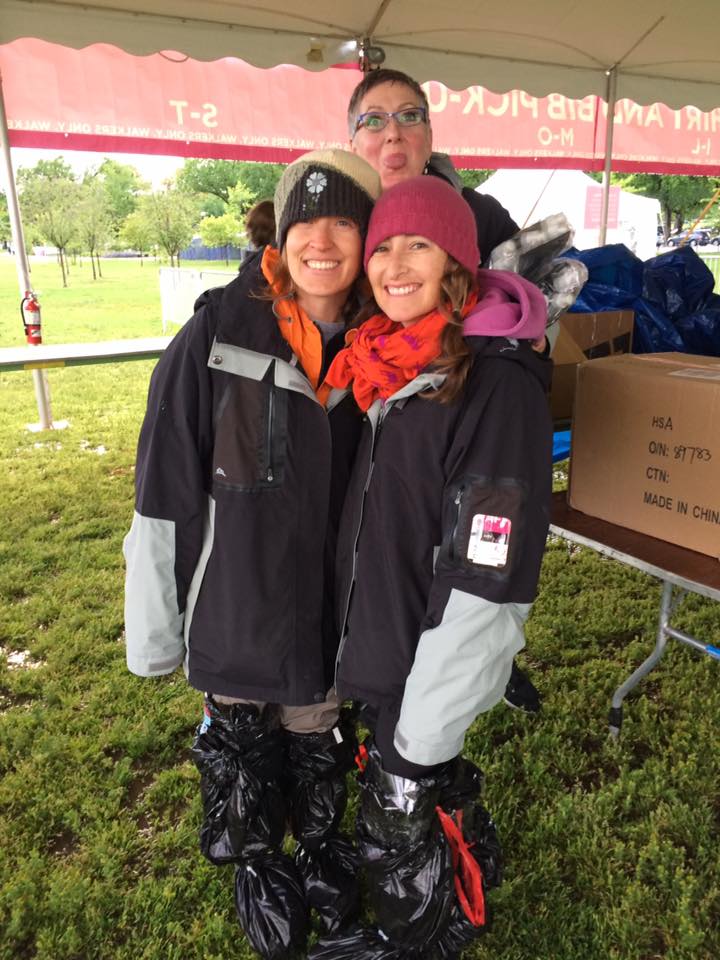Thanks to the support of Amgen and working in partnership with American Bone Health we are excited to provide you with a special series of emails, blogs and additional resources that will help prepare you for this life-changing event, as well as year-round health.
Why calcium is important and how you can incorporate it into your diet
Special Guest Contributor: Shirin Hooshmand PhD, RD
Whenever I speak with people about bone health, they always have the most questions about calcium.
Calcium is one of the most important and plentiful minerals in the body. When calcium combines with phosphate, it becomes the material that makes the bones and teeth strong. We also need calcium for transmitting nerve impulses, contracting muscles and clotting blood.
The body regulates the calcium that is circulating in the blood and tissues. Calcium is absorbed in the intestines and either reclaimed or excreted by the kidneys. If the blood level of calcium falls, glands in the body signal the bones to release calcium into the blood. Over time, if that calcium isn’t replenished, bone loss could occur. That is why it is important to get enough calcium, preferably through food.
Vitamin D and calcium work together. When calcium works its way through the stomach and into the intestines, vitamin D helps with absorption of calcium into the blood stream. Without sufficient vitamin D, you will absorb less calcium from your diet.
Children need the most calcium while their bones are growing. For women, after peak bone mass is obtained, the recommended daily allowance (RDA) for calcium goes down and then goes up again around the age of menopause, when women start to lose bone mass because of declines in estrogen levels. As we age, calcium metabolism is harder to maintain and the RDA stays the same.
| Life stage group | Calcium RDA |
Calcium rich servings | Vitamin D RDA |
| 9–18 years old | 1,300 | 4 | 600 |
| 19–50 years old | 1,000 | 3 | 600 |
| MEN: 51–70 years old | 1,000 | 3 | 600 |
| WOMEN: 51–70 years old | 1,200 | 4 | 600 |
| 71+ years old | 1,200 | 4 | 800 |
Sometimes it’s easier to think about calcium in terms of servings of food. Getting calcium from food is the best option since your body is better able to put it to use. The best sources of dietary calcium are foods that have 200 or more milligrams per serving. This includes dairy or calcium-fortified foods such as milk, cheese, fortified juices and cereals, and you will see on the labels that they contain anywhere from 200 to 400 milligrams per serving. Fruits, vegetables, nuts and seeds have smaller amounts of calcium, and the calcium in fruits and vegetables attaches to fiber and passes through the body.
Try to find three or four sources of high amounts of calcium that work for you each day. You can also think about how to have one source of a high amount of calcium at every meal.
| HIGH CALCIUM FOODS (contain 200+ mg) | MODERATE CALCIUM FOODS (contain 50-200 mg) | LOW CALCIUM FOODS (contain <50 mg) |
| Dairy Foods | Almonds | Nuts and seeds |
| Sardines | Beans | Broccoli |
| Fortified cereals | Canned salmon | Cabbage |
| Fortified soy milk | Green vegetables | Fruits |
| Fortified tofu | Breads |
What if I’m lactose intolerant?
People who are lactose intolerant are at risk of not getting enough calcium. There is no cure for lactose intolerance, but here are some things you can do to reduce symptoms.
Try to reduce the amount of lactose per serving rather than avoiding it. Some studies show people with lactose intolerance can eat at least 12?grams of lactose (equivalent to 1 cup of milk) with minor or no symptoms. When lactose is taken with other foods, some people can tolerate up to 18?grams.
Shop for lactose-free milk. Milk that has been treated with lactase is widely available and often well tolerated by people with lactose intolerance.
Think about hard cheeses. Hard cheeses, such as most cheddars, Parmigiano-Reggiano and Romano, do not have lactose since their lactose is changed into lactic acid as the cheese ages.
Try soy-based beverages that are fortified with calcium. Soy-based beverages are the only plant-based option listed on MyPlate. Other plant- and nut-based beverages, such as rice and almond beverages, may not have the same nutritional value as soy. It’s important to read food labels carefully.
Most importantly, try to get a balanced diet with 5 servings of fruits and vegetables a day. With a balanced diet, you are sure to get all of the additional vitamins and minerals you need for strong bones.
About Dr. Hooshmand

Shirin Hooshmand, PhD, RD, is a member of the American Bone Health Medical and Scientific Advisory Board. Dr. Hooshmand is Associate Professor of Nutrition at the School of Exercise and Nutritional Sciences at San Diego State University. She received her PhD at Florida State University working in the area of nutrition, bone, and cartilage. Her current research interests include bone and calcium metabolism, osteoporosis and osteoarthritis, and functional foods. She has published 45 original articles in peer reviewed journals and presented more than 90 abstracts in national and international symposiums.









